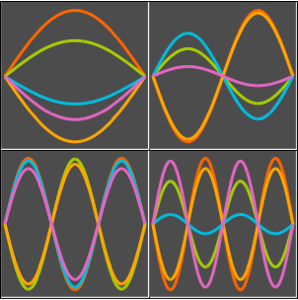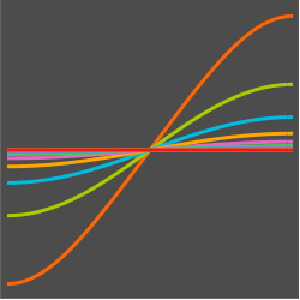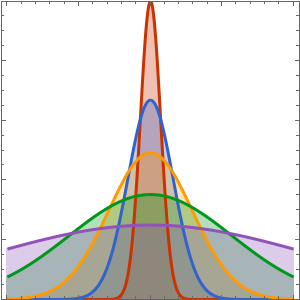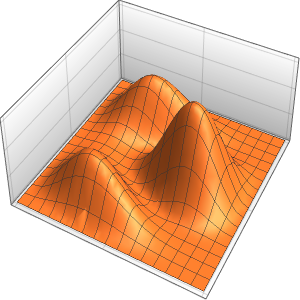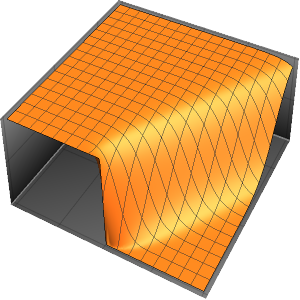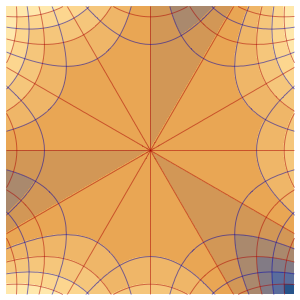Study the Formation of a Shock Wave
Use Burgers' equation for viscous fluid flow to study the formation of a shock wave.
In[1]:=
TraditionalForm[BurgersEquation = \!\(
\*SubscriptBox[\(\[PartialD]\), \({t}\)]\(u[x, t]\)\) + u[x, t] \!\(
\*SubscriptBox[\(\[PartialD]\), \({x}\)]\(u[x,
t]\)\) == \[Epsilon] \!\(
\*SubscriptBox[\(\[PartialD]\), \({x, 2}\)]\(u[x, t]\)\)]Out[1]//TraditionalForm=
Prescribe a piecewise initial condition.
In[2]:=
InitialCondition = u[x, 0] == Piecewise[{{1, x < 0}}]; Solve the initial value problem.
In[3]:=
dsol = DSolveValue[{BurgersEquation, InitialCondition},
u[x, t], {x, t}]Out[3]=

The solution is smooth for any positive value of ϵ.
In[4]:=
Plot3D[dsol /. {\[Epsilon] -> 1/10}, {x, -2, 2}, {t, 0.001, 5}]Out[4]=
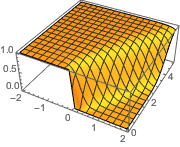
The solution develops a shock discontinuity in the limit when ϵ approaches 0.
In[5]:=

Row[Table[Plot3D[dsol, {x, -2, 2}, {t, 0.001, 5},
Exclusions -> None, Ticks -> None],
{\[Epsilon], {1/10, 1/100, 1/1000}}]]Out[5]=

















